After many years of fashioning cat toys using basic materials I find around the house, I’m quite sure that if I ever decided to give up everything to become a cat toy designer, I would quickly rise to the very top of the profession.
In those moments when I sit, bouncing my home-made inventions in front of my cat, I can’t help but think of the millions of other cats I’m depriving of fulfillment by not pursuing this gift. To the cat world, is me deciding not to design cat toys like Edison choosing not to invent the lightbulb? Imagine the darkness.
The key to my cat toy genius is that I understand the mind of a cat. And not in some sort of touchy-feely, cat-psychic way. I mean, I pay attention to the actual neuro-mechanics of the cat brain.
Fine. I’ll elaborate. I suppose I shouldn’t rule out the possibility that there’s a struggling cat toy designer out there in search of the inspirational break-through that will re-define the industry.
To get those jumps and twirls we all love — the ones that make cat owners reach for the camera and say, “This is definitely going on TikTok” — what you need to pay attention to are the sensory triggers that tap into the long-standing, hard-wired hunting instincts of the cat.
This is all something I could discuss at length on the website for my innovative cat toys, but do I really want to deal with all the snarky comments from the jealous haters in the cat toy design industry? No thank you.
When designing the ideal cat toy, it is important to notice that only certain types of motion will set-off the chain-reactions of motor neurons established by millions of years of cat evolution — the ones that result in what we call “play.” While it may look like the cat is having a great time, all that stalking, swatting and leaping are behaviors any member of the felidae family will exhibit when you activate the exact same brain regions that are called into action during encounters with small prey. The more these stimuli begin to replicate the quintessential patterns, the more irresistible they become. The corresponding stimulation of the cat-brain’s pleasure center (the surge of dopamine in the nucleus accumbens, if you will) may be the end-goal for the cat and its owner, but it is merely a secondary by-product of the hunting behavior and serves only as distraction during the cat toy design process.
As you can tell, I could probably fill a New York Times bestseller with my revolutionary theories, but I am simply unwilling to subject myself to the press junkets and book tours when I can already hear the same inane questions being repeated over and over by interviewers just looking for a sound bite or catchy headline.
The thing that these people would probably dwell on would be my focus on “motion-appeal” over visual appeal. Fluorescent feathers, googly eyes, translucent fabric meant to resemble fish scales — these things are all well and good, and certainly move product out of the pet supply aisle and into the shopping cart, but ultimately they are human-centric, not cat-centric design considerations.
“Follow the motion,” is what I always say. It would probably be on the first slide of my keynote address at the cat toy design conference in Las Vegas or wherever. And then I would go on to outline the primary types of motion that are the key to getting cats to act cute.
If you really must know, they are as follows:
- Jiggliness
- Sproinginess
- Skitteriness
- Krinkliness
When detected, these motion-types release neurotransmitters which begin to accumulate during a preparation period marked by a wiggling of the hindquarters. When the threshold of action-potential is reached, the muscle neurons are activated, resulting in a pounce or jump that subsequently triggers the human “cuteness” reaction by releasing the same endorphins which originally evolved to encourage the nurturing of our own offspring.
What’s important to note, is that the object in question is of little significance as long as it facilitates one of the four movement types. The object could literally be a candy wrapper or a piece of foil. My signature line of toys would probably only use up-cycled materials. People go for that stuff. The name could be “Sustainable AwwMewsments” or something like that.
It really doesn’t matter, because I certainly have no plans to lose my soul to the glitz and glam of the cat-toy design industry anytime soon. No sir, if I am to be remembered as a cat toy design genius, it will be only in the minds of the few cats who have had the privilege of playing with my inventions.
To all of kitten-kind, I offer my heartfelt apologies.
Because also – my cat toys would be catnip free. Catnip is for amateurs.

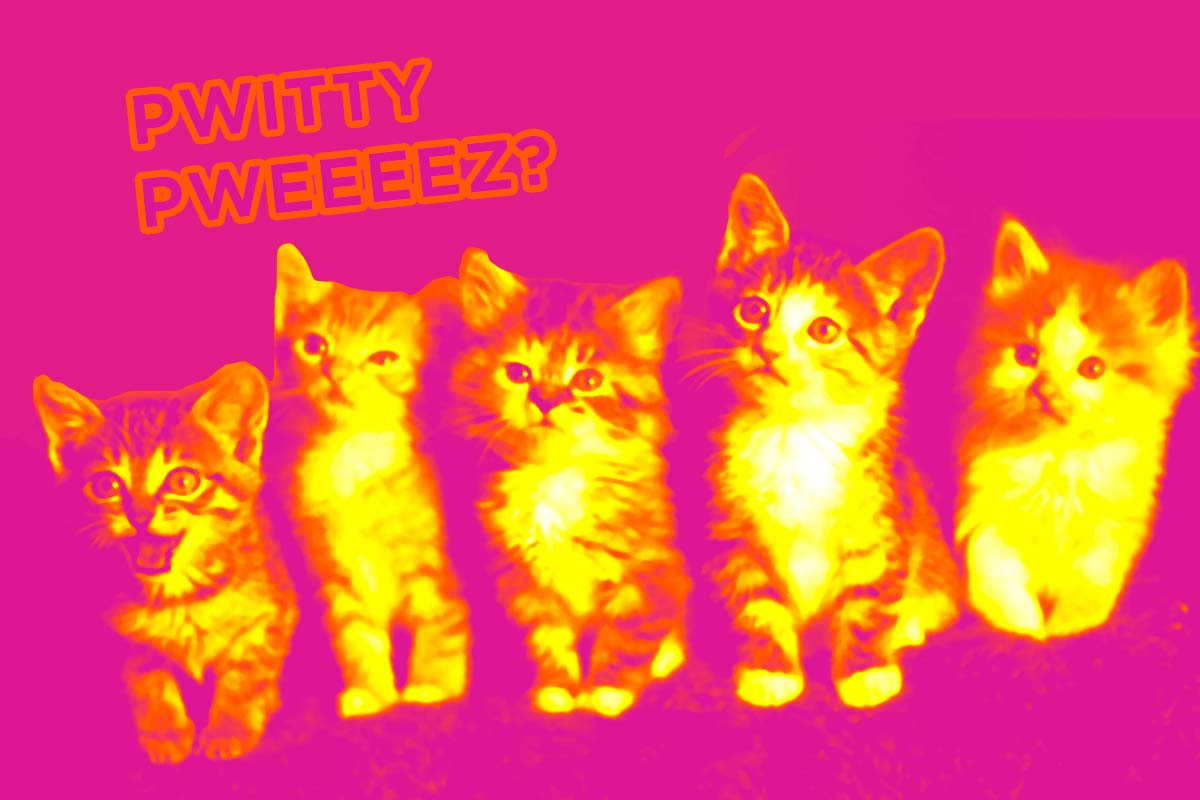

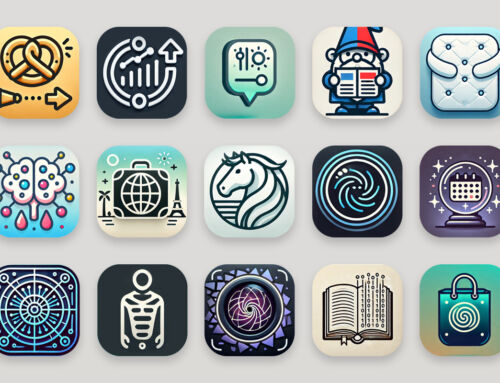

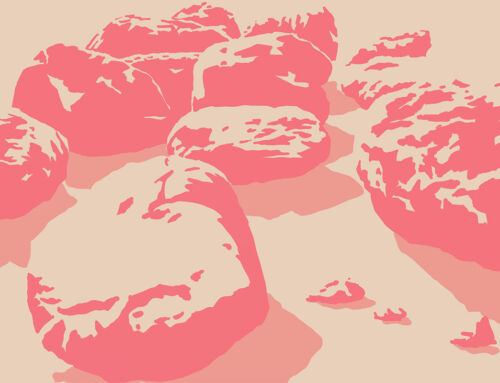
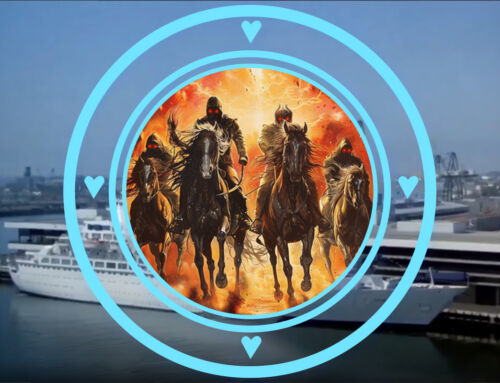
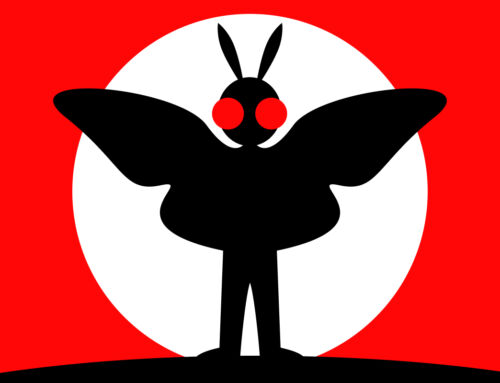

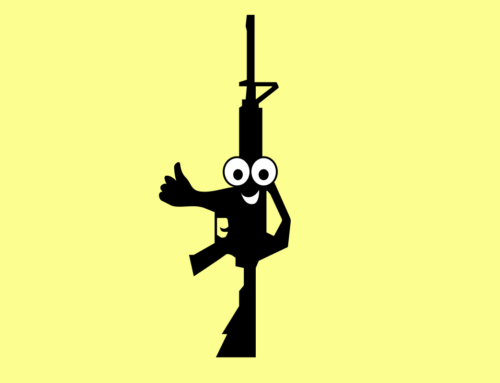
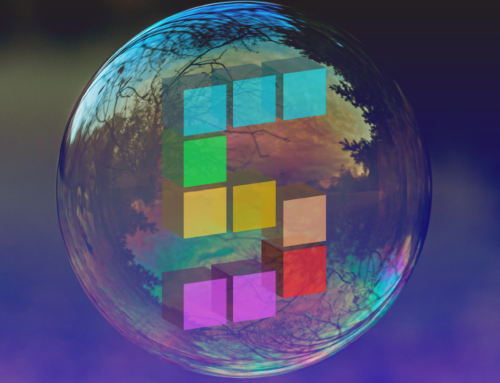
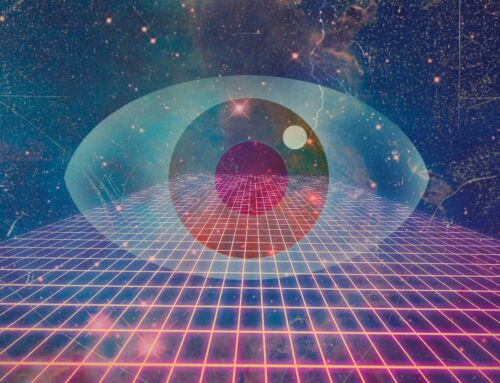
:-)
Nice Josh